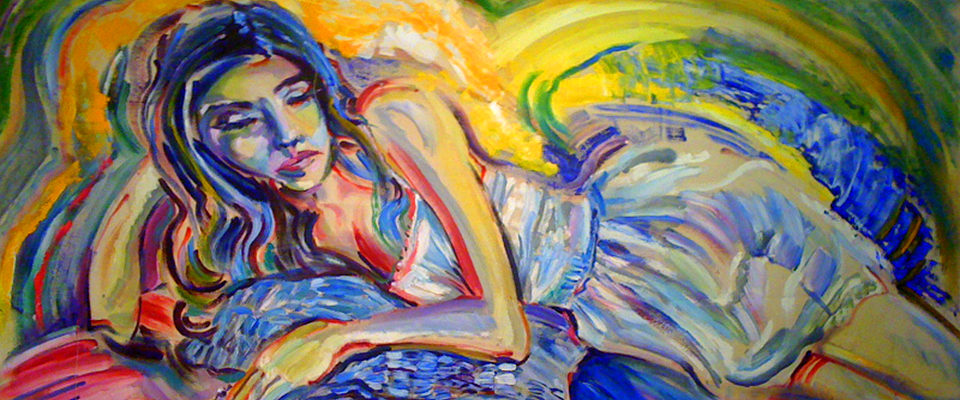How To Get Dirt Out Of Your Contacts Safely

Hygiene is an essential factor in preventing germs and infections. Caring for lenses is vital to keep your eyes healthy and fit. Not maintaining hygiene would affect not only the health of your eyes but also your long-term vision. Proper lens care involves much lesser time and effort. It is recommended to clean your contacts with a lens cleaner solution. Do not forget to wash your hands with hand soap and water.
This article will assist you in solving your lens cleaning issue and recommend following the following steps.
Clean Your Hands
Wash your hands to help prevent transferring dirt from your hands to contact lenses. Avoid using moisturizing soaps and oil or lotion-based soaps to soil your lenses, as they are not suitable for contact lenses. To wash your hands before cleaning contacts, you can use antibacterial soaps. Dry your hands with a lint-free towel after that. The best way to stop germs spreading is to be hygienic at all times when putting in your contact lenses.
Fresh Cleaning Solution
Always use a fresh, contact lens cleaning solution every time. Avoid using tap or sterilized water, saliva, and saline solution. These do not help clean your lenses properly. Clean lens with the recommended solution. Cleaning removes eye-produced build-up that diminishes comfort.

Rubbing and Rinsing
Rubbing and Rinsing are the two most essential and unskippable steps. It is the best way to keep your lens clean. Apply a cleaning solution on your lens and rub it on your palm. You can also use the ‘no-rub’ solution. Make sure to avoid using your fingernails on your lens because it is a giant germ and dirt source. Rinsing is necessary to remove the loosened debris. Follow the directions as specified in the package.
Case Cleaning
Water contains impurities and microorganisms, so it is not recommended to clean the case just with water. Disinfecting kills microorganisms. Do not place a case holder in any place that has germs. Check the package details to know how to rinse the lens as per the type of contact lens. For example, if you wear beautiful coloured contact lenses make sure you read the instruction to how to clean their case.
These are the above points that will help you to keep your lenses safe and clean. But here are more other tips to follow. Have a look at the following points.
- Try to replace your contact lens every three months at least to reduce the risk of infection.
- Do not transfer the cleaning solution to the other container for travel or storage. This can cause contamination of the solution.
- Keep the solution bottle tightly capped to avoid the germs present in the external environment.
- Avoid going to polluted places wearing contact lenses, as it will cause irritation and infection in your eyes. You do not want people think you are wearing coloured contact lenses for Halloween when you are not but rather sporting an eye infection.
- Use contact lens eye drop to oil your eyes and rewet your lenses.
- Contact wearers develop eye allergies because of the chemicals present in them. In this case, better to switch your cleaning regime.
- After removing your extended contact lens, try to clean and disinfect as soon as you remove them.
- You can also use cleaning/disinfecting devices to disinfect your contacts.
- Some other solutions to keep your contacts safe and clean are a saline solution for Rinsing, daily cleaner, and hydrogen peroxide for cleaning and disinfecting.
Finally, it is instructed to take the proper guidance of an eye doctor, as your doctor is your friend in keeping your eyes protected and vision at their peak. Talk with him to make sure your care system is in check or needs some improvements.



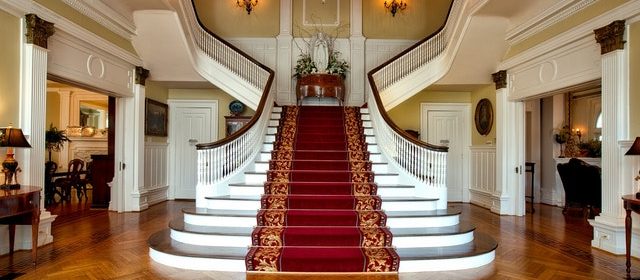
 Eclectic: The make-your-own facet of diverse layout means you can essentially use whichever mixture of colours grabs your attention.
Eclectic: The make-your-own facet of diverse layout means you can essentially use whichever mixture of colours grabs your attention.
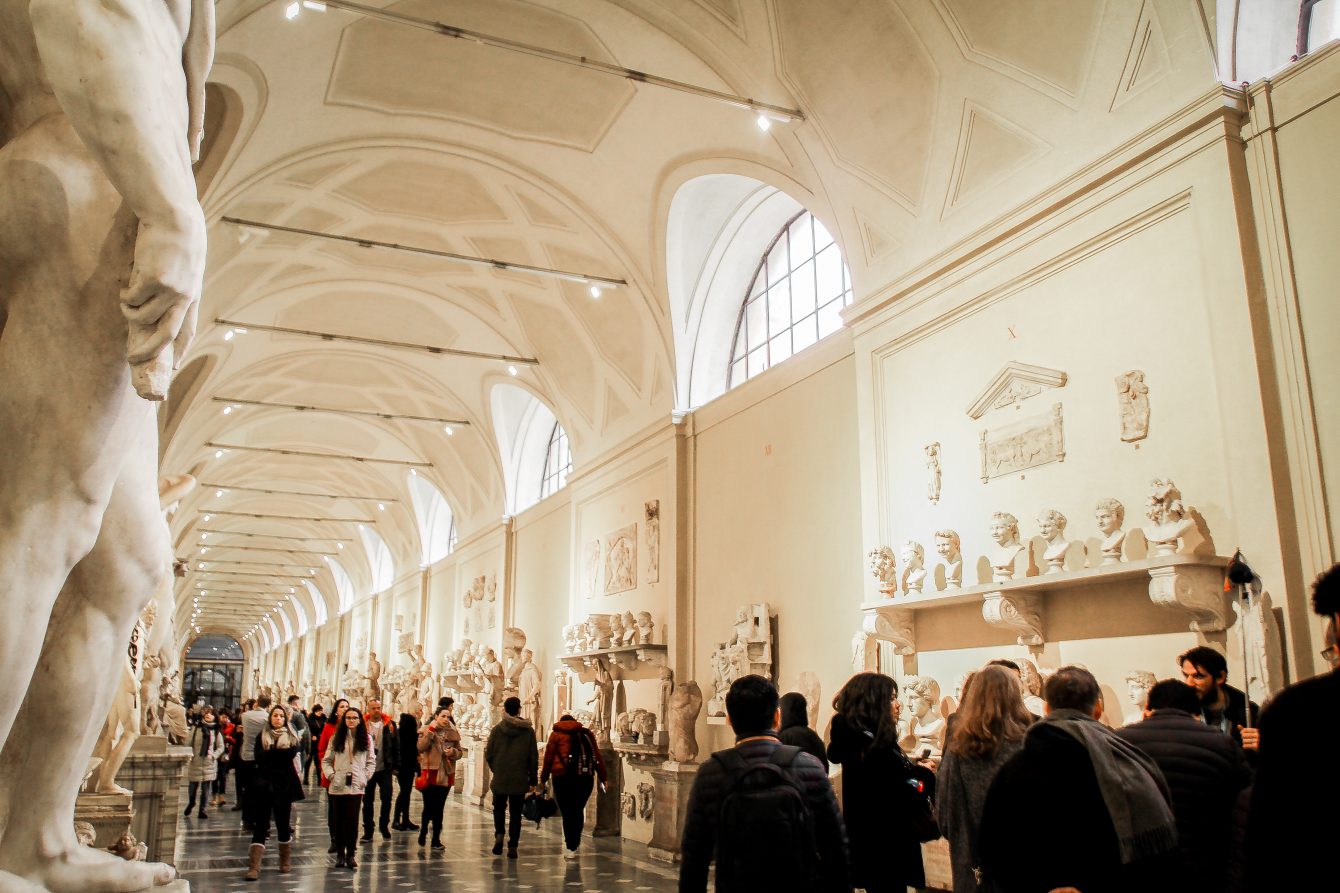


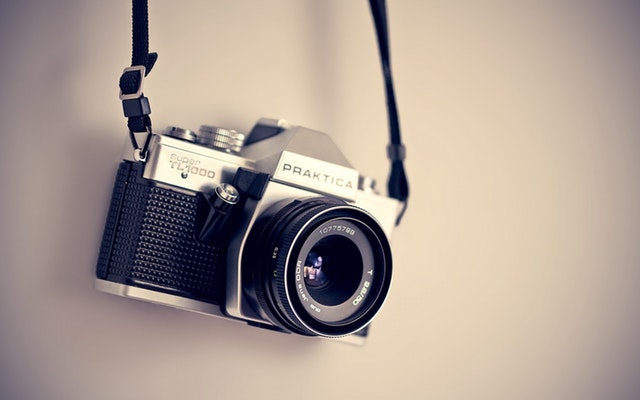 be careful off before you go off promoting your job. If you do not have your essentials ready to go and presentable, promoting yourself and your job will be time down the drain.
be careful off before you go off promoting your job. If you do not have your essentials ready to go and presentable, promoting yourself and your job will be time down the drain.
 An opulent
An opulent 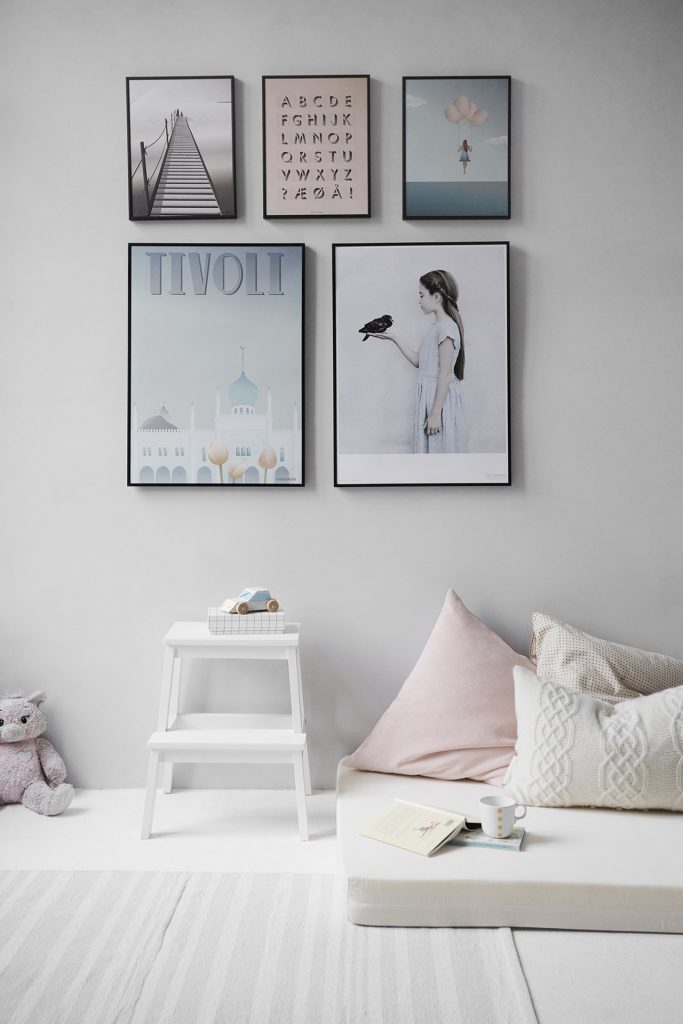 But if you do need to hang the piece, let’s get down to basics. The base of the artwork (or its framework) should just be 8-16 inches above your couch or table. Yep, hang low. You need to place the work so that the core of the piece is at eye level,
But if you do need to hang the piece, let’s get down to basics. The base of the artwork (or its framework) should just be 8-16 inches above your couch or table. Yep, hang low. You need to place the work so that the core of the piece is at eye level, 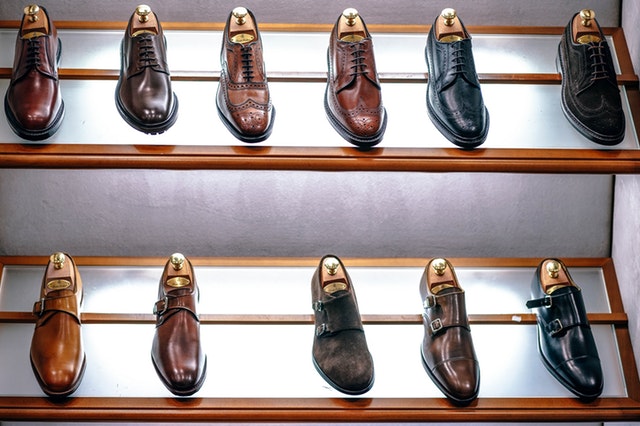 shoe design, while other programs may focus on both shoe layout and accessories design. Topics covered frequently include
shoe design, while other programs may focus on both shoe layout and accessories design. Topics covered frequently include 
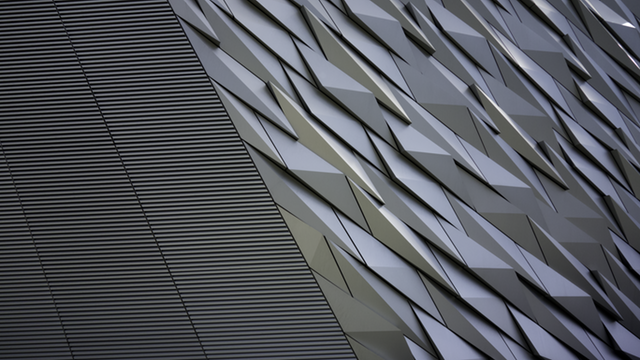 The LendLease-developed International House Sydney opened its doors before this calendar year, as the ‘front door’ into Barangaroo South. The project is constructed entirely of cross-laminated wood (CLT) and glue-laminated wood (GLT), such as flooring, columns, walls, roofing, laminated architectural timbers, elevator shafts, egress stairs and bracing bays. The six above-ground industrial degrees are supported by one ground-level retail flooring of conventional concrete.
The LendLease-developed International House Sydney opened its doors before this calendar year, as the ‘front door’ into Barangaroo South. The project is constructed entirely of cross-laminated wood (CLT) and glue-laminated wood (GLT), such as flooring, columns, walls, roofing, laminated architectural timbers, elevator shafts, egress stairs and bracing bays. The six above-ground industrial degrees are supported by one ground-level retail flooring of conventional concrete. When he is not fixing people’s pipes as part of regular
When he is not fixing people’s pipes as part of regular 
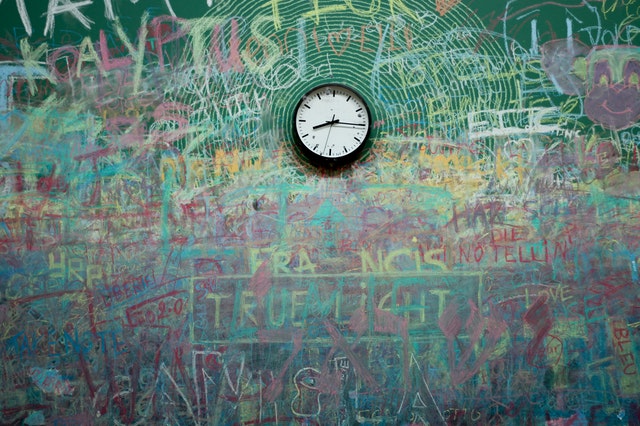
 After finishing your school evaluations and other long-term Commitments, recall your targets and motives for finishing these landmarks by writing them down and putting them someplace where you may see them frequently, such as close to your PC.
After finishing your school evaluations and other long-term Commitments, recall your targets and motives for finishing these landmarks by writing them down and putting them someplace where you may see them frequently, such as close to your PC.